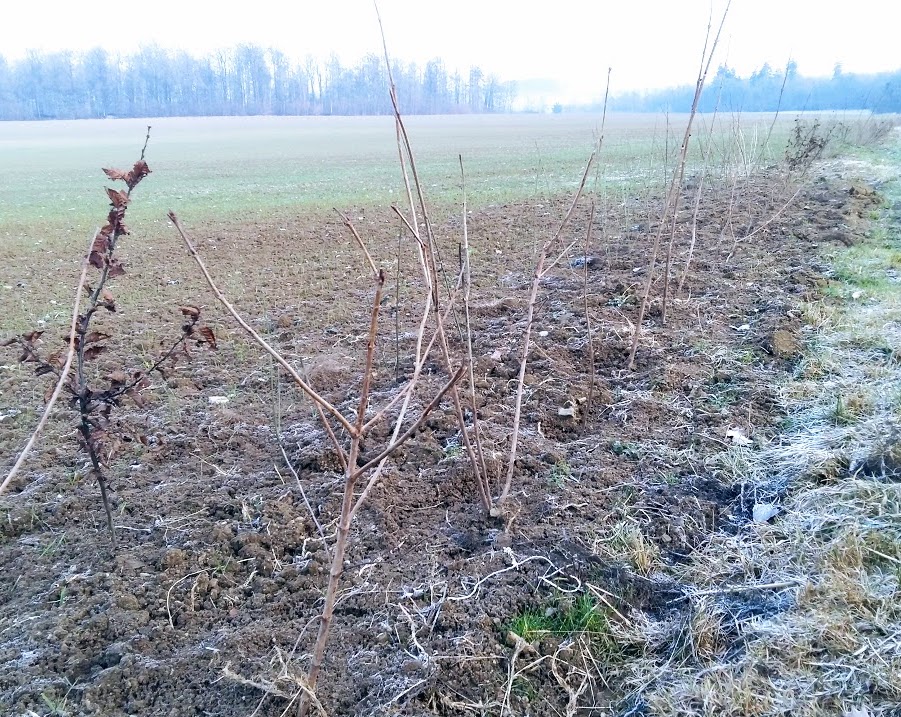Planting hedgerows has several advantages: they provide a wonderful refuge for small animals and insects. We’re talking about a real reservoir for biodiversity.
What’s more, hedgerows help to conserve the soil by slowing down water runoff and soil erosion, thus preserving the fertility of the soil.
Hedges provide sources of freshness. They help to cope with drought, but also provide shelter for animals against wind, rain and cold…
Finally, hedges, like meadows, are carbon sinks. In fact, it stores a large quantity of carbon in the soil, in its roots and in its branches. By way of comparison, 1km of hedgerow corresponds to 128 tonnes of stored CO2.
Last but not least, rural hedges help to beautify our countryside. They punctuate the landscape and give it relief. It’s not that we don’t like it!

When we took over the farm, we completely rethought the organization of the agricultural plots we were going to cultivate. We’ve reduced the size of the various fields and planted flower strips between each of them to welcome the insects that help us fight pests.
We also changed the direction of the plots. Traditionally, fields are laid out so that the tractor cultivates in the direction of the slope. The problem is that this encourages soil erosion.
Land too ungrateful for crops has been transformed into a pre-orchard. It’s home to a flock of sheep and over 400 high-stemmed fruit trees of old-fashioned varieties (plums, apples and pears). To pollinate all this, an apiary with around twenty hives has been set up in the middle of the fields.
Livestocks farms on a human scale that respect animal welfare Healthy, tasty food produced, processed and distributed in the spirit of short distribution channels.
ADDRESS: Linciaux 2 – 5590 Ciney (Show on map)

